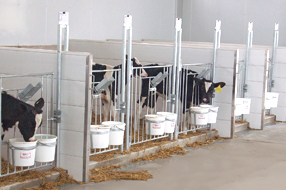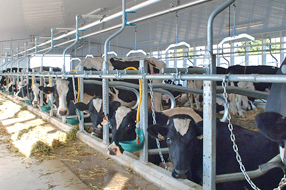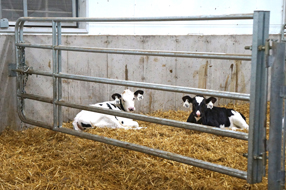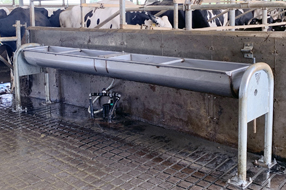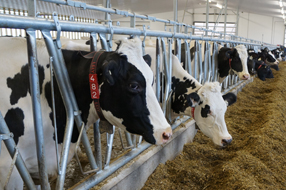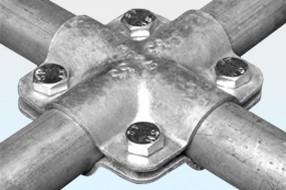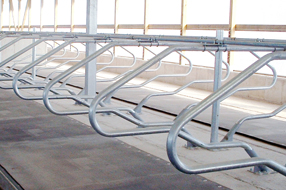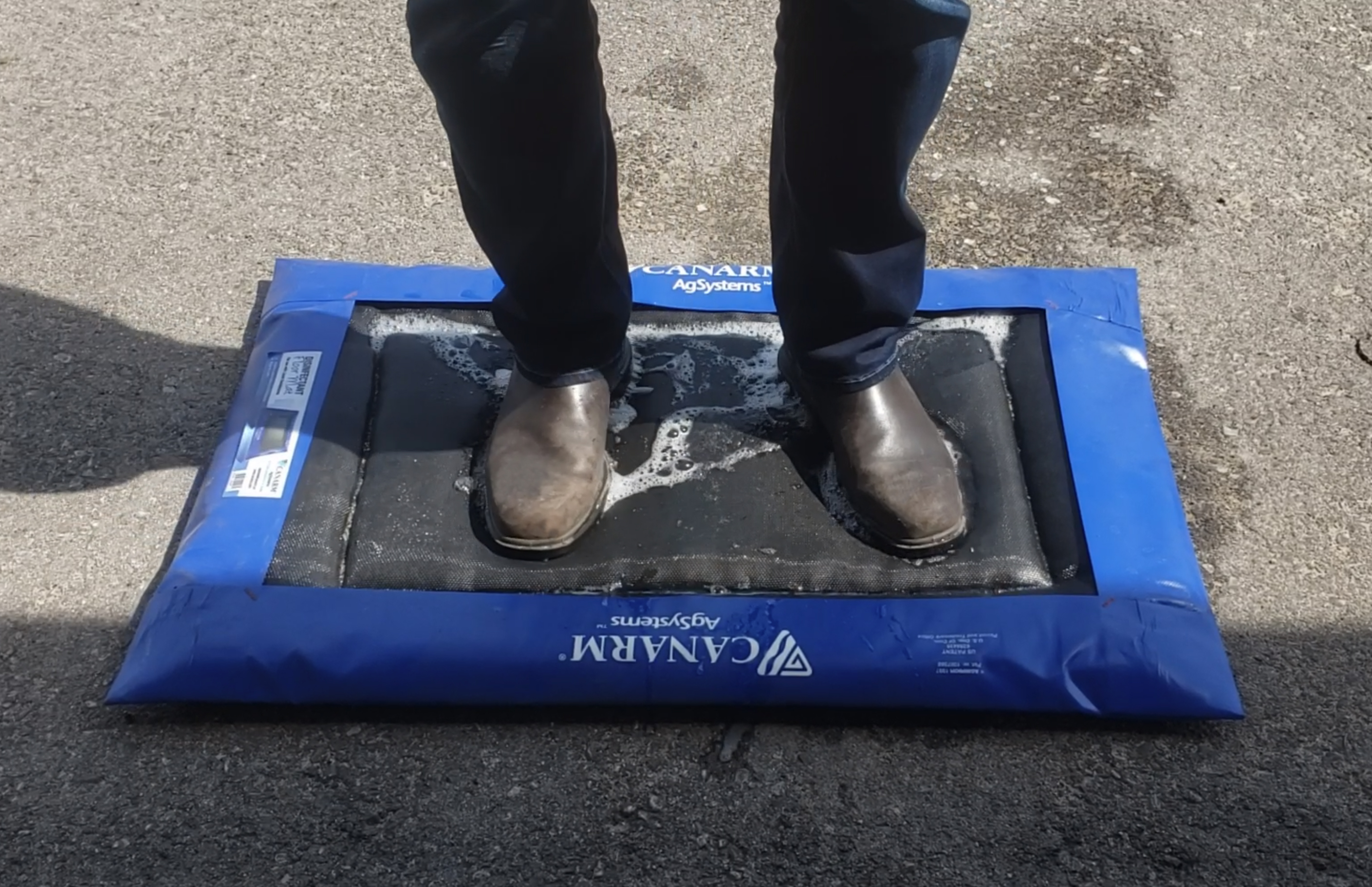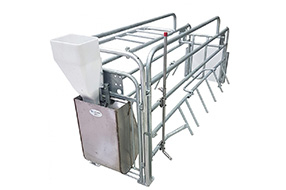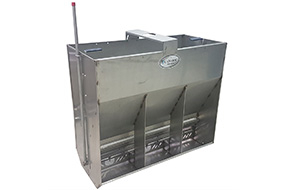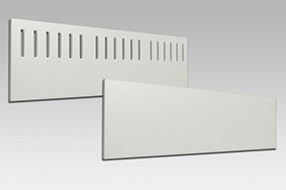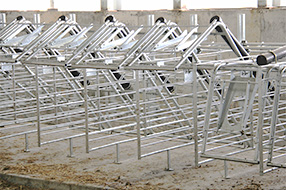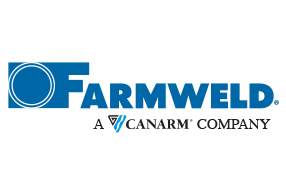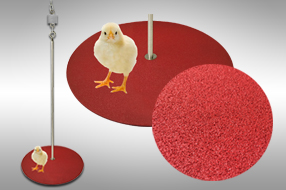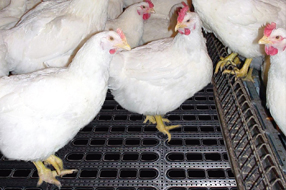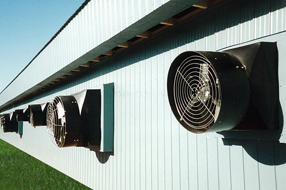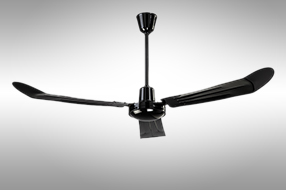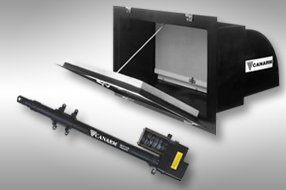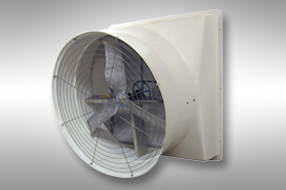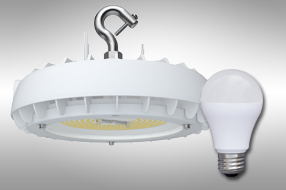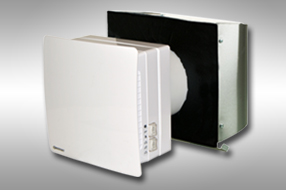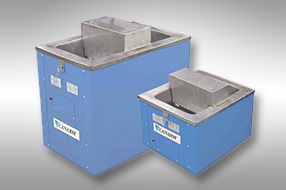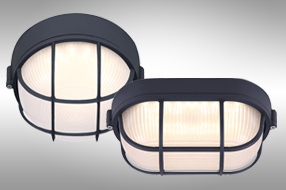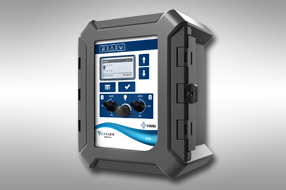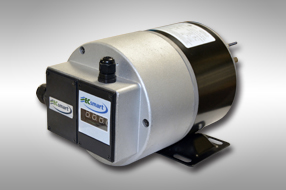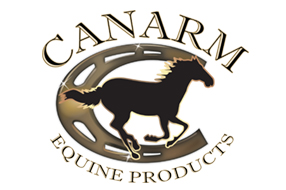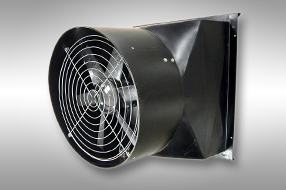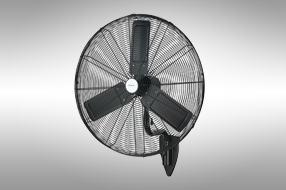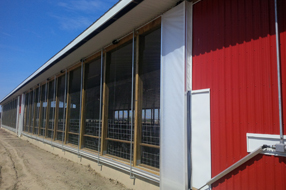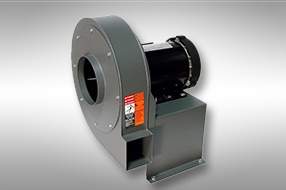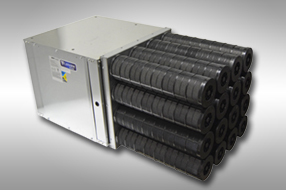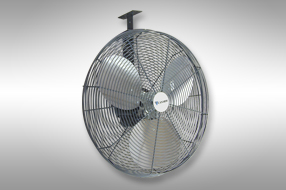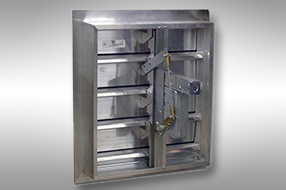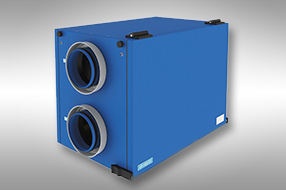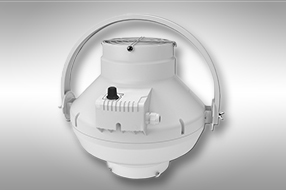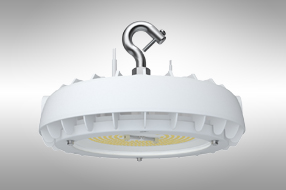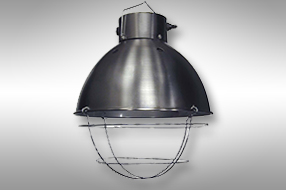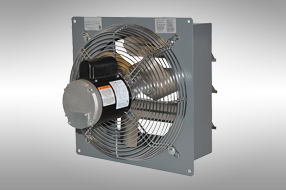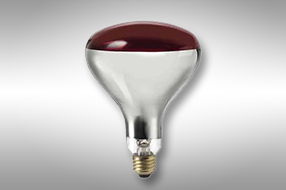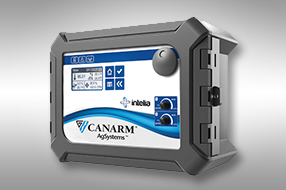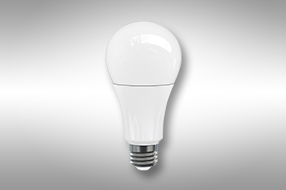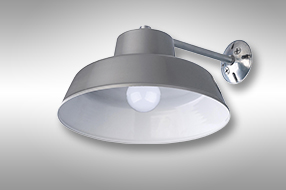Things to Consider When Choosing Lighting for Your Dairy Barn
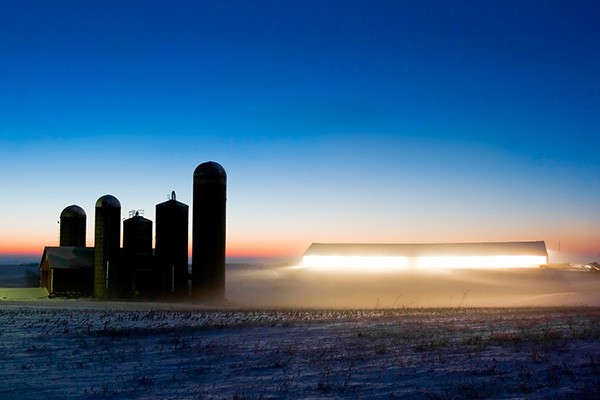
Whether you are building a new barn or looking to replace your current lighting system, every good farmer knows the importance of lighting on your herd’s performance. Choosing the fixture and quantity is usually left up to the electrician; however there are a few things to consider to ensure that your system meets your needs and lasts for years to come.
1. To maximize milk production, aim for 16-18 hours a day of 200lux light levels evenly throughout the barn. This is the level and duration of light recommended by a number of University studies and has show an increase of up to 8% in production.
2. Ensure you have a comprehensive computer generated lighting layout and report in advance of the installation. This will guarantee proper light levels in the barn. Lighting programs today take all of the guesswork out of setting up a lighting system. It can be costly to have to add lights after the initial install, so it is best to get it right the first time.
3. Your fixtures should always be at least IP65 rated to ensure that they will stand up to the moisture in the barn. IP65 (or greater) is a rating that indicates that the fixture can be installed outdoors and withstand all the elements. Moisture in a barn (even from washing the ceilings) will not hurt fixtures with this rating.
4. Think about THD (Total Harmonic Distortion) in the barn. Every electrical appliance gives off a certain amount of interference. The lower the THD rating the less interference the fixture will cause. To ensure that your lighting will not interfere with RFID, Wifi and cell signals, staying below 15% THD is ideal.
5. Always look at the lumens per watt of your fixture. Not all 100W fixtures will give you the same light output (lumens). If you look closely, you will find that some 150W that are not as bright as some 100W fixtures. Choose the lowest wattage required to produce the necessary light levels to ensure the most economic operation.
6. Energy Star and DLC (Design Lights Consortium) are independent bodies that test lighting fixtures and bulbs to ensure that they provide the light as advertised. Sticking to products that are Energy Star and DLC certified will guarantee you are happy with the performance of the product. Additionally, make sure your fixtures come with North American Safety Standards ratings such as CSA, UL or ETL. Any products missing these certifications may not meet the safety standards required in this country.
We know lighting is important to your herd. It’s important to educate yourself on what to look for so you are confident in the product. By knowing what to look for, you can determine and select the proper lighting systems for your barn that will last for many years.


